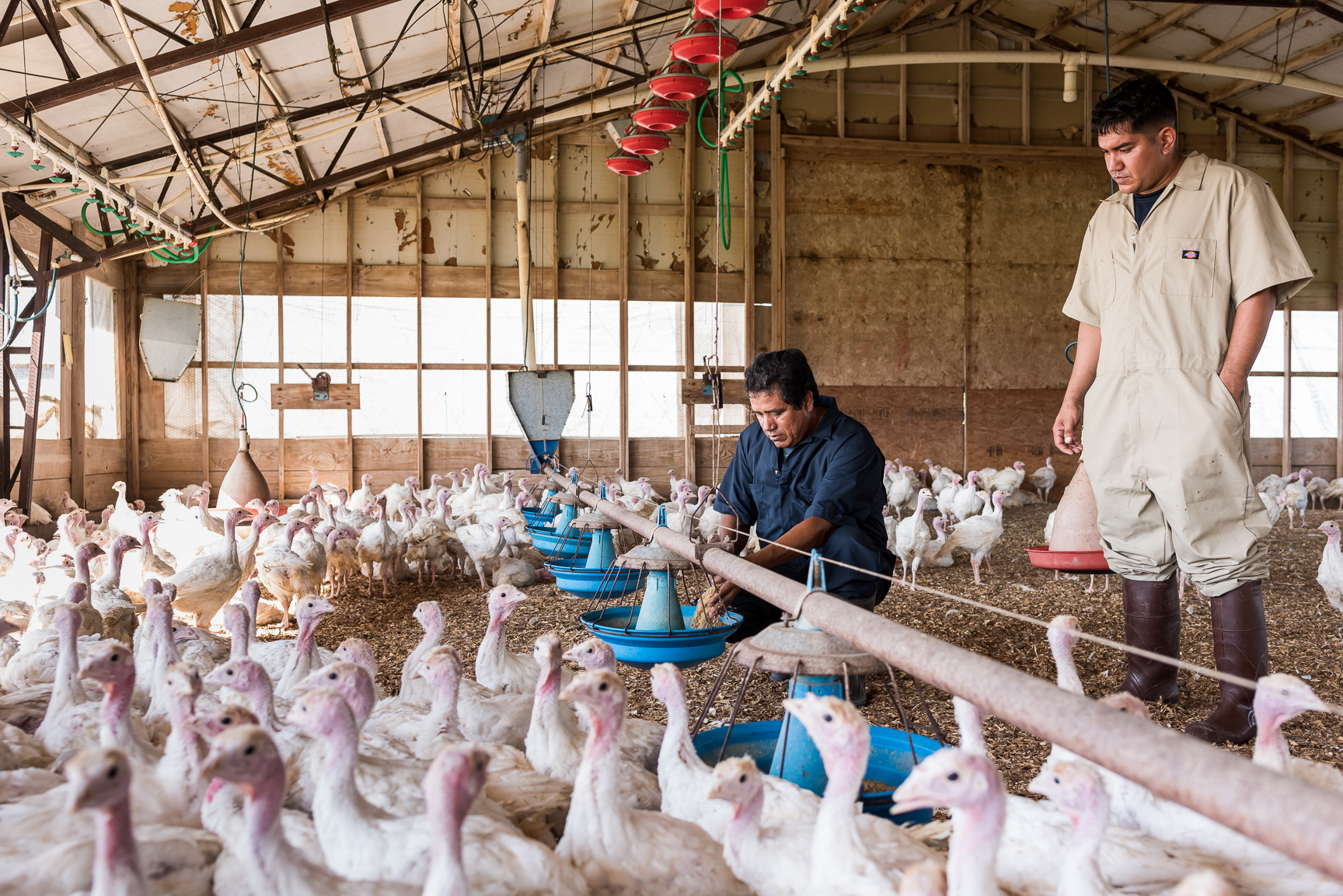A Blockchain for Turkeys Is More Than a Thanksgiving Gimmick

Looking for something to be thankful for this Thanksgiving? Give it up for turkeys, which are test subjects in a new experiment meant to see whether blockchain technology can be used to track birds from farm to market and help consumers understand where their birds are coming from.
This holiday season, buyers of Cargill’s Honeysuckle White turkeys in some areas can send a text with a code taken from a tag on their bird, or enter the code online, to determine the exact farm from which their gobbler originated. Cargill is managing that information using blockchain, a cryptographically secured ledger maintained by a network of computers and inspired by the one at the heart of Bitcoin (see “Why Bitcoin Could Be Much More than a Currency”).
It’s only a small-scale pilot, but Cargill is serious about exploring whether blockchain technology can improve how the company handles data internally while giving customers a better idea of where their food comes from, says Deb Bauler, chief information officer for the company’s North American protein division.
Cargill isn’t alone, either. In August, IBM and a group of big names including Nestle, Dole, and Tyson Foods announced a collaboration to explore new applications for blockchains in the global food supply. Fueled by consumer demand for greater transparency and increasingly stringent food safety requirements, many companies are looking for ways to track food more efficiently and effectively than is possible with RFID-based systems.
Bauler says that tracking systems based on RFID will continue to work fine for some things, but that blockchains could be disruptive for food supply chains. That’s in part because it’s easier for more users to access and add information to a blockchain without the need for specialized equipment, she says.
In the case of Thanksgiving turkeys, Cargill saw an opportunity to use an open-source blockchain platform (it won’t say which one) to highlight its reliance on independent family farmers, which Bauler says is unique for a company Cargill’s size. The farmers add data elements to the blockchain to certify that a given bird was raised on their farm, or that it was fed a certain diet, for example.
For consumers, Cargill is offering access to only a small portion of the data it’s collecting on the blockchain—the farm where the turkey originated—and there’s an option for people to go online to learn more about the farmers that raised their bird. Bauler says her team will use results of the project to determine whether they should reveal more about Cargill’s turkey supply chain.
Ultimately, she sees blockchain technology as a potential way to create a digital representation of the supply chain for all kinds of food. “We are trying to understand how blockchain works in this space,” she says. “Does it do what we think it will do? And do consumers care?”
Keep Reading
Most Popular
Large language models can do jaw-dropping things. But nobody knows exactly why.
And that's a problem. Figuring it out is one of the biggest scientific puzzles of our time and a crucial step towards controlling more powerful future models.
The problem with plug-in hybrids? Their drivers.
Plug-in hybrids are often sold as a transition to EVs, but new data from Europe shows we’re still underestimating the emissions they produce.
How scientists traced a mysterious covid case back to six toilets
When wastewater surveillance turns into a hunt for a single infected individual, the ethics get tricky.
Google DeepMind’s new generative model makes Super Mario–like games from scratch
Genie learns how to control games by watching hours and hours of video. It could help train next-gen robots too.
Stay connected
Get the latest updates from
MIT Technology Review
Discover special offers, top stories, upcoming events, and more.